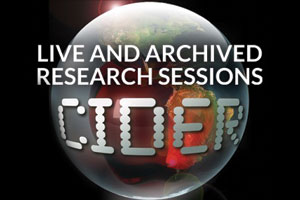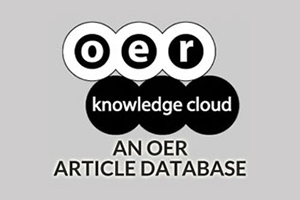Where is research on massive open online courses headed? A data analysis of the MOOC Research Initiative
DOI:
https://doi.org/10.19173/irrodl.v15i5.1954Keywords:
massive online open courses, MOOC, content analysis, MOOC research analysis, MOOC Research Initiative, education researchAbstract
This paper reports on the results of an analysis of the research proposals submitted to the MOOC Research Initiative (MRI) funded by the Gates Foundation and administered by Athabasca University. The goal of MRI was to mobilize researchers to engage into critical interrogation of MOOCs. The submissions – 266 in Phase 1, out of which 78 was recommended for resubmission in the extended form in Phase 2, and finally, 28 funded – were analyzed by applying conventional and automated content analysis methods as well as citation network analysis methods. The results revealed the main research themes that could form a framework of the future MOOC research: i) student engagement and learning success, ii) MOOC design and curriculum, iii) self-regulated learning and social learning, iv) social network analysis and networked learning, and v) motivation, attitude and success criteria. The theme of social learning received the greatest interest and had the highest success in attracting funding. The submissions that planned on using learning analytics methods were more successful. The use of mixed methods was by far the most popular. Design-based research methods were also suggested commonly, but the questions about their applicability arose regarding the feasibility to perform multiple iterations in the MOOC context and rather a limited focus on technological support for interventions. The submissions were dominated by the researchers from the field of education (75% of the accepted proposals). Not only was this a possible cause of a complete lack of success of the educational technology innovation theme, but it could be a worrying sign of the fragmentation in the research community and the need to increased efforts towards enhancing interdisciplinarity.Published
How to Cite
Issue
Section
License
This work is licensed under a Creative Commons Attribution 4.0 International License. The copyright for all content published in IRRODL remains with the authors.
This copyright agreement and usage license ensure that the article is distributed as widely as possible and can be included in any scientific or scholarly archive.
You are free to
- Share — copy and redistribute the material in any medium or format
- Adapt — remix, transform, and build upon the material for any purpose, even commercially.
The licensor cannot revoke these freedoms as long as you follow the license terms below:
- Attribution — You must give appropriate credit, provide a link to the license, and indicate if changes were made. You may do so in any reasonable manner, but not in any way that suggests the licensor endorses you or your use.
- No additional restrictions — You may not apply legal terms or technological measures that legally restrict others from doing anything the license permits.







